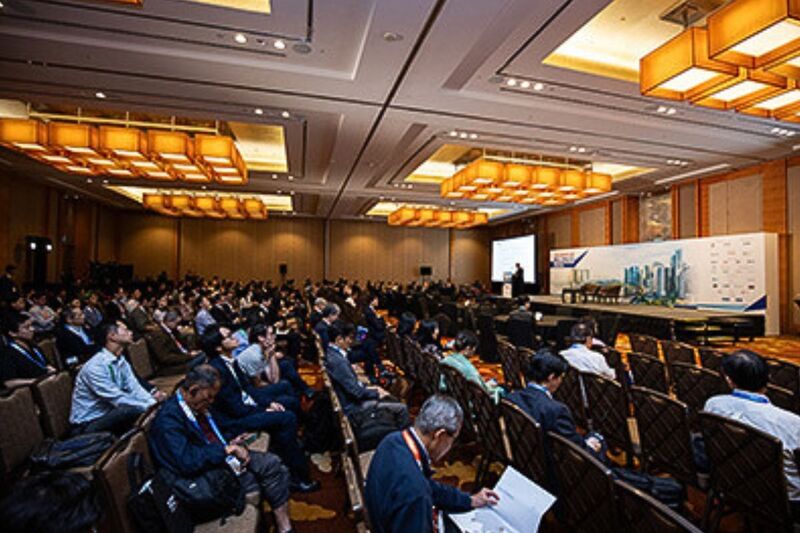Singapore Labour Market 2025: Hiring Slows But Opportunities Rise — What It Means for You
Singapore’s labour market continues to evolve — and if you’ve been wondering whether it’s a good time to hire or job hunt, the Ministry of Manpower’s Labour Market Report for Q1 2025 offers some crucial answers.
While growth has slowed compared to late 2024, the job market remains resilient. In fact, job vacancies are rising, unemployment remains within healthy norms, and the government is ramping up support for businesses and workers alike.
In this article, we’ll break down the key takeaways from the latest report — and what it means for employers and jobseekers navigating Singapore’s shifting job landscape.
Slower Growth, But Not a Downturn
Singapore’s total employment grew by 2,400 in Q1 2025, easing from 7,700 in Q4 2024.
Resident employment (Singaporeans and PRs) grew modestly by 300, with gains mainly in:
- Healthcare & Social Services
- Financial & Insurance Services
However, some sectors saw pullbacks, including:
- Professional Services
- Information & Communications
Non-resident employment rose by 2,000, largely driven by Work Permit holders filling roles that remain hard to attract local talent, like bus and truck drivers.
✅ Key Insight:
Employers are cautious but not retreating. Instead of widespread layoffs, they are selectively hiring and managing costs more carefully.
Rising Job Vacancies Signal Opportunities
Despite the slower growth, job openings rose from 77,500 in December 2024 to 81,100 in March 2025. The job vacancy rate ticked up from 3.1% to 3.2%.
This increase is broad-based across sectors, though manufacturing shows early signs of slowing.
⚠️ Note: These numbers reflect the period before the Liberation Day tariffs in April 2025, which could influence future hiring.
✅ What This Means for Jobseekers:
- There are still strong hiring pockets in sectors like healthcare, finance, and professional services.
- Upskilling remains crucial as some industries tighten hiring.
Unemployment Remains Manageable
- Overall unemployment: 2.0%
- Resident unemployment: 2.9%
- Citizen unemployment: 3.1%
These figures are slightly higher than December 2024 but remain within non-recessionary norms. Long-term unemployment rose marginally to 0.9% but is still stable.
Meanwhile, the re-entry rate after retrenchment improved to 60.6%, suggesting that displaced workers are finding jobs faster.
✅ What This Means for Employers:
- Talent is available but increasingly selective.
- Companies offering flexibility, growth, and job security will attract better candidates.
Retrenchments Stabilising, Not Rising
- Retrenchments dipped slightly to 3,590 in Q1 2025 (down from 3,680).
- The retrenchment rate holds steady at 1.5 per 1,000 employees, better than pre-COVID norms.
- Temporary layoffs and short workweeks also fell, suggesting companies are avoiding deeper cuts.
🔍 Bottom Line:
Employers are staying cautious but are not hitting the panic button — a strong sign of underlying labour market stability.
Business Outlook: Cautious Optimism
Hiring sentiments for Q3 2025 saw a slight uptick to 42.2% (from 40.5% for Q2), but this optimism is sector-specific.
Stronger hiring in:
- Professional Services
- Financial Services
Softer hiring intentions in:
- Manufacturing
- Information & Communications
Wage Expectations:
- Stable, with 21.2% of firms planning wage increases in Q3 — almost unchanged from earlier this year.
Government Support Is Ramping Up
- To help both employers and workers adapt, the Singapore government is rolling out major new initiatives:
- SkillsFuture Workforce Development Grant (WDG) – streamlines workforce transformation support for businesses.
- Support for Job Redesign via PSG-JR – helps make jobs more attractive and efficient.
- Career Health SG – provides Singaporeans with free career guidance, coaching, and job matching.
- SkillsFuture Jobseeker Support – offers up to $6,000 over six months for involuntarily unemployed jobseekers.
For Employers:
Tap on upskilling grants, redesign roles, and build long-term talent pipelines.
For Workers:
Use career coaching and funding support to pivot or level up.
✅ What Should Companies Do Now?
- Refine hiring strategies. Focus on value-added roles rather than blanket growth.
- Tap into government grants to redesign jobs and upskill your teams.
- Stay competitive. Candidates are more discerning — offering flexible work, clear career paths, and competitive wages will make the difference.
👉 Hire the Right Talent Now — Submit a job vacancy with Reeracoen
✅ What Should Jobseekers Do?
- Target growth sectors. Healthcare, finance, and professional services are hiring.
- Upskill actively. Check out SkillsFuture or Career Health SG for support.
- Stay agile. Be open to new industries or roles with future-proof skills.
👉 Find Your Next Job With Us — Submit your resume here
📊 Singapore Labour Market Report 1Q 2025 — At a Glance
🔥 Frequently Asked Questions (FAQ)
Is Singapore’s job market weakening?
No. While job growth has slowed, vacancies remain high, and retrenchments are stable. The market shows resilience, not recession.
Which industries are hiring in Singapore in 2025?
- Healthcare
- Finance & Insurance
- Professional Services
Are wages going up?
Wage expectations are stable. About 1 in 5 companies plan to raise salaries in Q3 2025.
How can jobseekers get support?
Tap into Career Health SG, SkillsFuture Level-Up, and the Jobseeker Support Scheme for coaching, training, and financial aid.
🚀 Final Thoughts
The Singapore labour market in early 2025 reflects a steady but cautious environment. While hiring is more measured, opportunities abound for companies that adapt and workers who upskill.
Whether you're a business looking for the right talent or a professional navigating your next move, now is the time to be proactive.
👉 Hire Now — Submit Your Job Vacancy
👉 Find a Job — Upload Your Resume Today
Disclaimer:
The information provided in our blog articles is intended for general informational purposes only. It is not a substitute for professional advice and should not be relied upon as such.
we strive to provide accurate and up-to-date information, the ever-evolving nature of certain topics may result in content becoming outdated or inaccurate over time. Therefore, we recommend consulting with qualified professionals or experts in the respective fields for specific advice or guidance. Any actions taken based on the information contained in our blog articles are solely at the reader's discretion and risk. We do not assume any responsibility or liability for any loss, damage, or adverse consequences incurred as a result of such actions.
We may occasionally provide links to external websites or resources for further information or reference. These links are provided for convenience and do not imply endorsement or responsibility for the content or accuracy of these external sources. Our blog articles may also include personal opinions, views, or interpretations of the authors, which do not necessarily reflect the views of our organisation as a whole. We encourage readers to verify the accuracy and relevance of information presented in our blog articles and to seek professional advice when needed. Your use of this website and its content constitutes acceptance of this disclaimer.
🔗 References






